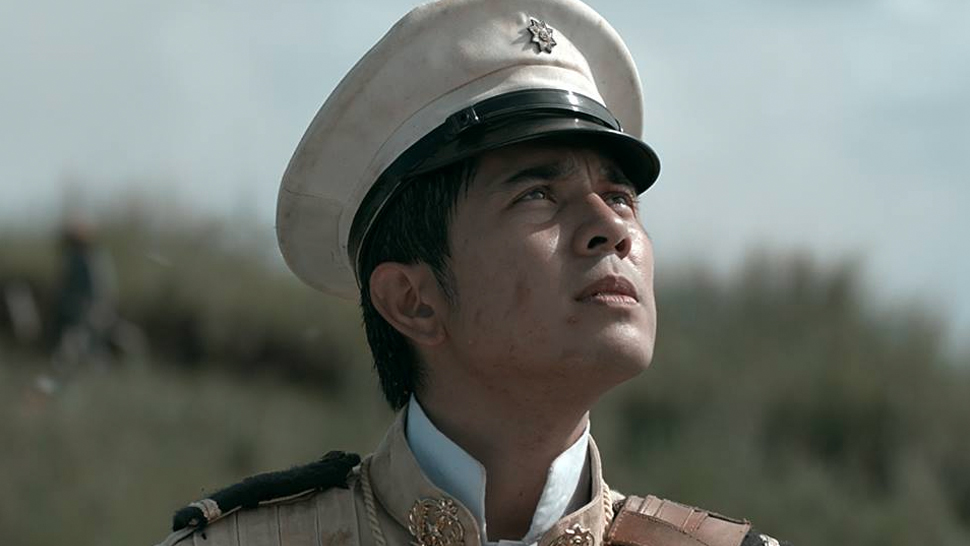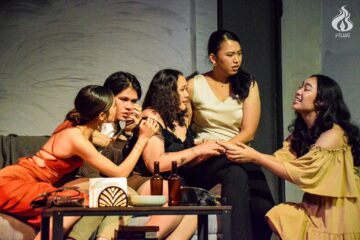By ADRIAN PAUL L. TAÑEDO

NATIONS CELEBRATE their heroes for their vital contributions to regaining the freedom of the people. Some heroes are acclaimed for their stratagem and tactics in combat, while others are respected for being able to rally thousands of people forward into the battlefield. A hero is revered for braving wars— even in the face of seemingly insurmountable odds and the threat of death.
Jerrold Tarog’s Goyo: Ang Batang Heneral is a film that tells the tale of Gregorio ‘Goyo’ del Pilar, a Filipino general during the Philippine-American War. The film initially portrays patriotism as something that is limited by the vision of those blinded by their duty to the country. The film also serves as a lesson to viewers that acting for the nation trumps cowering behind facades, especially when sovereignty is in danger.
The story revolves around Goyo (Paulo Avelino), the brigadier-general who was left in charge of Bulacan at the young age of 22. As the favorite general of then President Emilio Aguinaldo (Mon Confiado), he is placed on a pedestal and given access to a number of privileges such as getting invited to parties that glorify his accomplishments and being involved in the affairs of distinguished politicians and personalities. Goyo favors the security and stability that came along in his life as an officer, and so he prioritized his status over his duty to the country. It was not until Manuel Bernal made him realize that his loyalty to the president was fragile that he began to doubt his own ways as a general.
The film attempts to leave a striking message: people must know whom to serve and where to lay their loyalties. It raises the issue of people serving evanescent leaders rather than ideologies that benefit society. This is established when Manuel confronts Goyo in a dungeon, implying that Goyo is making a mistake by blindly following the president instead of his own ideals.
The film gives off an antique vibe due to the setting. The fauna, such as carabaos and eagles, also helped in augmenting the remote feeling of the film. The film’s colors are also a testament to the wonderful natural landscape that the country has by highlighting the mountain ranges and foliage that the Philippine Revolutionary Army crossed during their pursuit of the Americans.
With the film’s plot concerning the impending declaration of war with the Americans, Goyo highlights the need for camaraderie in a nation that is under siege by colonizers. The aspect of Goyo’s trust in his remaining comrades come into the fore during their defense against the invaders, especially when the numbers of his battalion began to dwindle dramatically. Through this, the film underscores the importance of being one as a nation in times of threat.
Finally, the film showcases the importance of the way people evaluate their heroes. People recognize heroes for their ability to save and serve a nation and still emerge from the ruins of battle. They also have the luxury of indulging in the spoils of war. Gregorio del Pilar, however, was not one of those heroes. Alone in a wasteland and separated from his battalion, he looks at death as a symbol of courage—as his own act of retribution, without any reward in mind. To the greatest of heroes, the freedom of one’s land is always worth dying for. F



